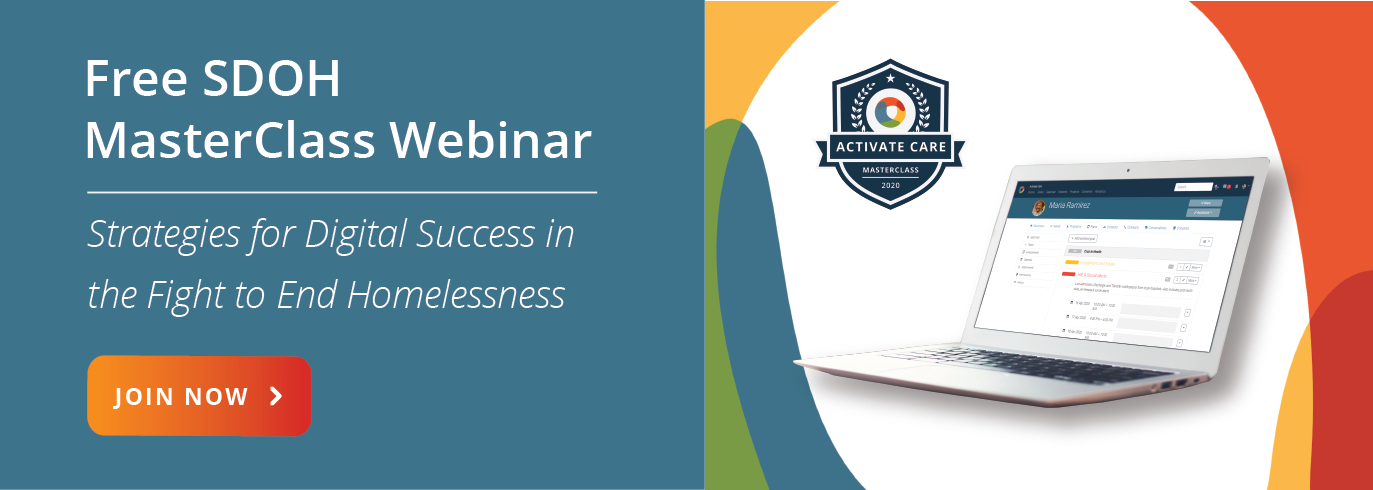Will our generation be the one to end homelessness in America? A total of 78 communities and three entire states have already ended Veteran homelessness. Four communities have ended chronic homelessness. For the first time in a long time, we can see that homelessness is not an intractable, inevitable problem in our communities. In fact, it is a solvable, preventable issue that, with the right conditions in place, can become rare, brief, and non-recurring.
What does it mean to end homelessness? The “Functional Zero” approach describes the situation in a community where homelessness has become a manageable problem, with the availability of services and resources matching or exceeding their demand, and with these available resources being optimized and delivered with maximum efficiency. While the focus on supports is to prevent homelessness to begin with, this may not always be possible and in such cases, a system that is responsive and acts quickly is essential.
California’s Whole Person Care Experience
California’s Section 1115 Medicaid waiver, Medi-Cal 2020, launched a $3 billion program to improve care for Medi-Cal beneficiaries with a history of homelessness. California’s Department of Health Care Services selected 25 WPC pilots across the state to participate in the program. Each pilot is tailored to the local context and needs of the population it serves. Health care and behavioral health providers, social services, and community partners, such as housing support organizations, work together to identify their highest-need clients and provide them with comprehensive, coordinated care.
In an academic evaluation of the WPC programs, UCLA found promising evidence of improvement in outcomes of care, including improved rates of follow-up after hospitalization for mental illness, initiation and engagement in alcohol and other drug dependence treatment, and timely provision of comprehensive care plans. Better health outcomes as a result of the WPC Pilots, according to UCLA, include improve beneficiary self-reported overall and emotional health, controlled blood pressure, and diabetes control.
Our Shared Motivation to End Homelessness
Early in my professional career, I worked in New York City and had an experience in understanding the challenge of homelessness. One particular gentleman - I will call him John - left an impression on me. John was homeless and showed up at our community center looking for support. Part of our mission was to help those in need and provide all the support we could. Working with a small group of dedicated individuals, we began a process of providing food, clothing, shelter, and other personal needs for John. Our initial engagement and support was welcome and it felt like we were making real progress in his personal situation.
After a few weeks of support, John decided that the setup wasn’t what he wanted and we lost contact with him. I’ve come to believe that we were working based on what we thought he wanted and the life situation we interpreted would be the best for John. I’ve looked back and thought about that experience - particularly when I think about our Whole Person Care customers working to end homelessness. The challenge is so encompassing. I have a great deal of respect for the efforts of our partners who daily work to take on the challenge of homelessness in their communities.
Learn more on this topic in my SDOH MasterClass™ webinar, Strategies for Digital Success in the Fight to End Homelessness, which is Activate Care’s overview of the state of homelessness in America and how service systems are evolving to meet current and future challenges in the field.
